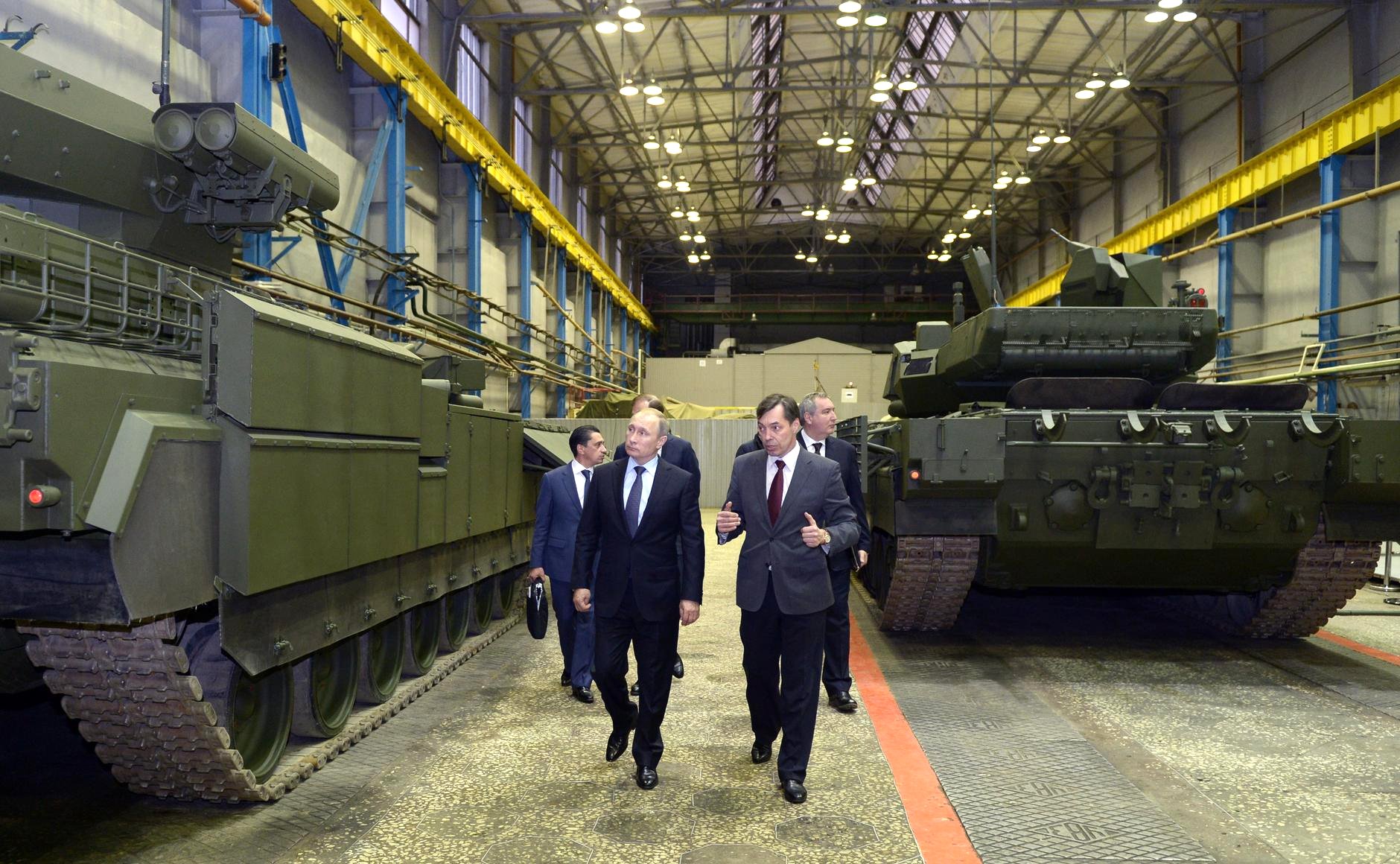
Over a period spanning 5-7 months, an estimated 400 tanks have gone missing from Russia’s primary tank reserves. Analysis conducted by organizations such as Resurgam, Military Seer, and Mortis Aeterna indicates a notable monthly depletion rate ranging from 44 to 75 units.
These assessments have brought attention to the likelihood that while the current rate of utilization may suffice to cover immediate losses, sustaining it through 2023 and early 2024 indicates a surge in efforts for tank modernization and refurbishment.
Despite a somewhat diminished pace in the unveiling process, known as de-canning, compared to previous years, studies suggest that this slowdown primarily reflects the decreasing quality of the unveiled equipment. Consequently, tank repair facilities are compelled to allocate more time and resources per unit for maintenance.
With a total of 4,550 tanks under scrutiny, concerns arise regarding their status. Reports highlight significant congestion at major armor plants, indicating excessive demands on these facilities. Expert assessments suggest that up to 95% of primary tank reserve sites are currently operating at full capacity.
Estimates indicate that approximately 3,150 tanks stationed at central reserve bases, along with 1,300-1,500 tanks in standby zones adjacent to principal repair workshops, remain potentially viable for deconservation and restoration. However, caution is advised due to the varied and often uncertain technical condition of these tanks.
Furthermore, there is no account for turret-less tanks or those dismantled for spare parts, which may render them unusable even for spare part supply. Notably, tanks from the 1311th base appear to have the highest prospects for recovery.
Assessment of Russia’s tank production rates presents challenges for Western analysts due to ambiguities in terminology. While it’s often asserted that Russia is “producing” 100 tanks monthly, this assertion is misleading. According to Andrii Tarasenko, Russia is capable of fabricating approximately 60 brand-new T-90M tanks annually. For instance, as of September 2023, UVZ is in the process of manufacturing the 192nd tank out of a 270-unit order spanning 2017 to 2021.
The British Ministry of Defense frequently cites the production figure of “100 tanks per month” in its updates, emphasizing the term “generate” to encompass not just newly constructed tanks but also those undergoing upgrades or being decommissioned due to technical issues without prior refinements before deployment.
According to Pavel Luzin, a prominent analyst associated with The Jamestown Foundation, Moscow’s tank production, which encompasses both new constructions and major modernization efforts, averages around 200 units annually, translating to approximately 15 to 20 units built “from scratch” each month.
A study originating from Ukraine indicates a monthly deconservation rate for tanks ranging from 44 to 75 units over the past five months, though this figure varies depending on the specific timeframe analyzed.
A deeper examination of tanks built “from scratch” reveals a nuanced picture. Models like the T-90M, T-80BVM, and T-72B3, despite extensive upgrades, are classified as new. However, these upgrades predominantly utilize existing spare hulls, leading to around 200 units annually, or roughly 16 per month, including the estimated 60 T-90M units per year as suggested by Researcher Tarasenko. Genuine ground-up manufacturing constitutes only a fraction of this total, with the majority sourced from storage base reserves with limited availability.
Analysis of available research, studies, and data indicates that the capacity for producing new tanks has likely peaked, regardless of substantial financial investments. For instance, Moscow’s successful manufacture of 80 T-90M tanks in 2021 was supported by existing component stockpiles, some of which were obtained through exports or long-term planning. This strategy ensured the availability of critical Western components, eliminating the need for parallel imports and catering to the projected needs up to 2024/25 as contracted before February 24th.
As the depletion of Russia’s tank stock accelerates due to extensive modernization and mobilization efforts from storage bases, the central concern transitions from evading sanctions to the timeframe required for such evasion and the allocation of additional financial resources to ensure its success.
In an ‘Optimistic (12-18 months)’ scenario, the escalation in Russian tank losses is evident. In 2023, reported losses amounted to 866 tanks, with an estimated total of 1125 when factoring in an assumed off-record 30% increase. This equates to an average loss of approximately 93 tanks per month. With such a significant attrition rate, Russia’s tank production and restoration capabilities appear to be barely meeting frontline demands. The impending exhaustion of spare tanks from reserves further exacerbates the situation, particularly given the active deployment of approximately 2,200 to 2,500 Russian tanks in Ukraine.
Continued monthly losses at the levels of 160-170 units would severely diminish Russia’s combat capabilities over 12-18 months, potentially leading to a crisis in unit fighting capability. Despite maintaining a standard reserve schedule of 4,300 tanks, the actual operational capacity might only amount to a quarter of this figure.
In a ‘Moderate (18-24 months)’ scenario, pressure intensifies as main reserves in storage bases dwindle. Moscow resorts to restocking losses through storage base resources, restoration processes, and salvaging spare parts from other tanks. Assuming this trend persists, Moscow could sustain combat rates until early 2026 without external assistance. Beyond this point, production “from scratch” would be necessary to replenish losses, although current production levels only meet one-fifth of frontline needs.
In the ‘Pessimistic (over 26 months)’ scenario, potential heavy weaponry support from Iran, the DPRK, and possibly China to Moscow necessitates thorough examination. This includes assessing factors such as political will and the quantity and type of combat-ready tanks provided. Ukrainian experts lean toward the “moderate” viewpoint, suggesting that Moscow should be capable of maintaining necessary combat efficiency in its tank divisions by 2026.





